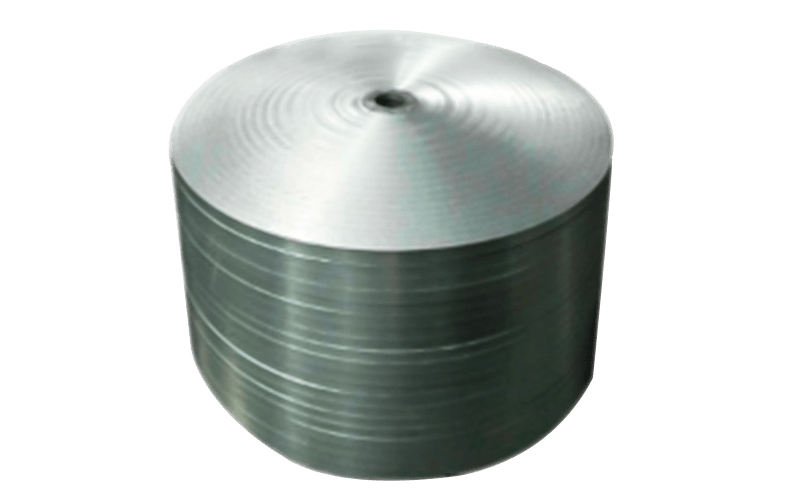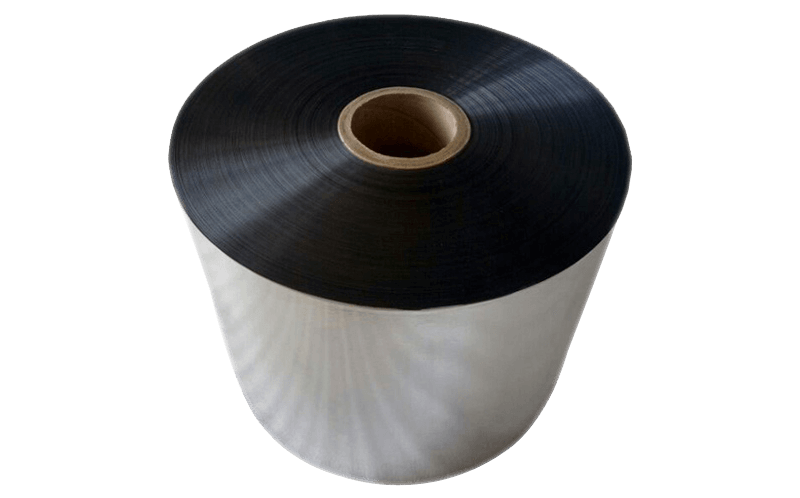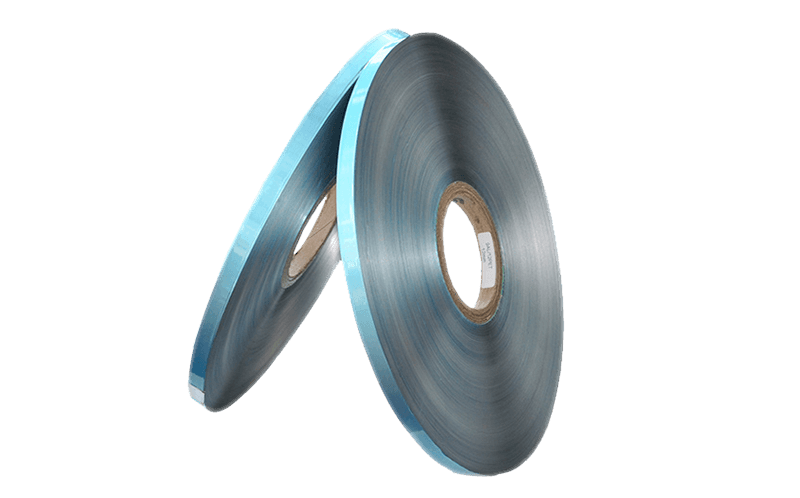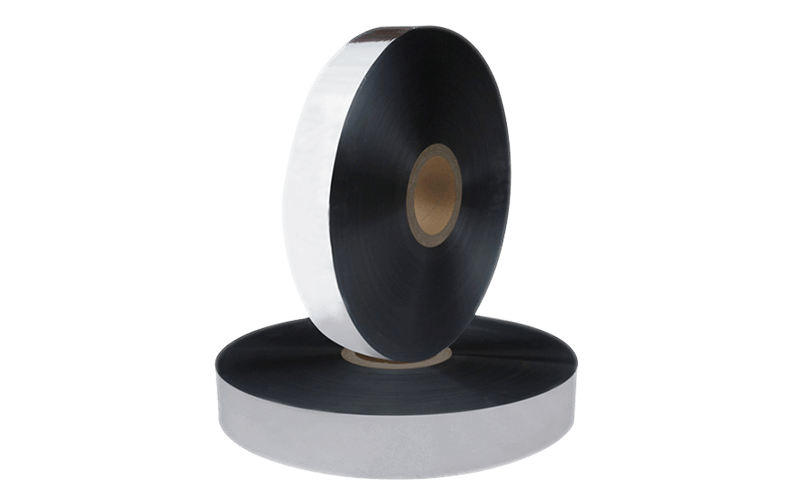1. PVC (Polyvinyl Chloride) Insulation: PVC is one of t […]
1. PVC (Polyvinyl Chloride) Insulation:
PVC is one of the most commonly used cable insulation materials. It offers excellent electrical insulation properties, high mechanical strength, and good resistance to chemicals and moisture. PVC insulation is cost-effective and widely used in a broad range of applications, including building wiring, power cables, and low-voltage communication cables. It provides reliable insulation, flexibility, and durability, contributing to the long-term performance and safety of cables.
2. XLPE (Cross-linked Polyethylene) Insulation:
XLPE insulation is widely used in medium and high-voltage power cables. It offers superior electrical properties, high dielectric strength, and excellent thermal resistance. XLPE insulation is known for its low electrical losses, making it suitable for long-distance power transmission. It also exhibits good resistance to environmental stress, ensuring reliable cable performance under varying temperature and weather conditions. XLPE-insulated cables are commonly used in utility grids, industrial applications, and renewable energy projects.
3. Rubber Insulation:
Rubber insulation materials, such as EPDM (Ethylene Propylene Diene Monomer) and EPR (Ethylene Propylene Rubber), are used in cables requiring flexibility, resistance to harsh environments, and durability. Rubber insulation provides excellent electrical insulation properties, flexibility over a wide temperature range, and resistance to moisture, chemicals, and oils. It is commonly used in industrial cables, mining cables, portable cords, and outdoor applications where flexibility and ruggedness are essential.
4. Fiberglass Insulation:
Fiberglass insulation is employed in high-temperature and fire-resistant cable applications. It consists of fine glass fibers that provide excellent thermal resistance and fire retardancy. Fiberglass-insulated cables can withstand high temperatures without degrading, making them suitable for applications such as industrial furnaces, heating elements, and fire alarm systems. The exceptional fire resistance of fiberglass insulation ensures the safety and reliability of cables in critical environments.
5. Teflon (PTFE) Insulation:
Teflon, or polytetrafluoroethylene (PTFE), insulation is known for its outstanding electrical properties and high-temperature resistance. It has excellent dielectric strength, low electrical losses, and superior chemical resistance. Teflon-insulated cables are commonly used in high-frequency applications, aerospace and defense systems, and telecommunications. The exceptional electrical performance of Teflon insulation ensures efficient signal transmission and high data integrity.
6. Polyethylene Insulation:
Polyethylene (PE) insulation is widely used in communication cables and low-voltage power cables. It offers good electrical insulation properties, flexibility, and moisture resistance. PE insulation can be categorized into different types based on density, such as low-density polyethylene (LDPE), medium-density polyethylene (MDPE), and high-density polyethylene (HDPE). PE-insulated cables are used in telecommunications, data networks, residential wiring, and underground installations.




